Cross Training = train outside of your "main" sport to improve overall fitness, and to take advantage of other methods that address performance weaknesses. One exercise that can be used to assess stability is the use of two K9FITbones with a light-weight aerobic bench laid across the top. Seems easy right? For your dog, it’s like asking them to stand on a bowl full of Jell-O. Ask the dog to stand on the bench with front and rear legs a natural distance from one another. Many dogs shake so uncontrollably they cannot stay standing without help. Some high level agility dogs cannot stand with stability in this scenario. Some dogs do not start shaking until asked for simple head movement side to side. This shaking indicates a lack of strength in the stabilizing muscle groups in the core and around the joints. It doesn’t mean your dog isn’t strong but it shows a weakness that should be addressed with strength, balance and body awareness exercises.
Using products such as peanuts, K9Fitbones, donuts, balance discs and other products while paying close attention to your dogs posture and weight distribution can help engage the smaller muscle groups used to stabilize the joints and encourage the dog to use those muscles in normal movement. Some dogs are powerful movers and very fast, but if proper cross training and strength exercises are performed the dog can increase power and speed by using more muscle groups to fuel movement.
1 Comment
|
AuthorBobbie Lyons, CCFT, KPA CPT Archives
April 2019
Categories |
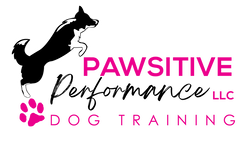
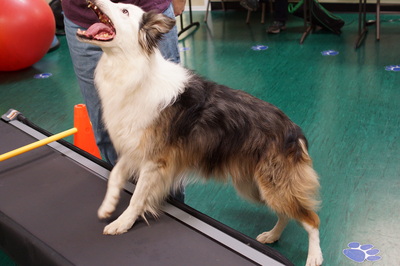
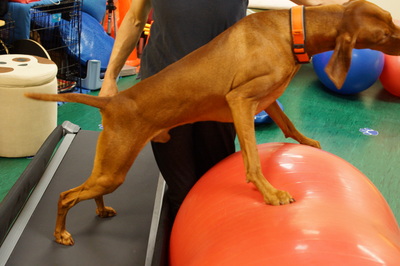
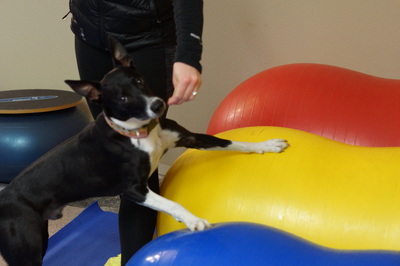
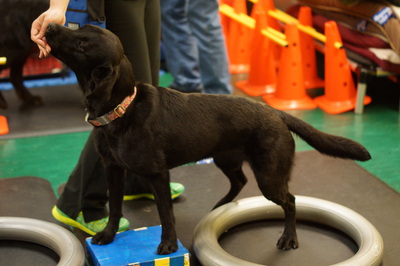
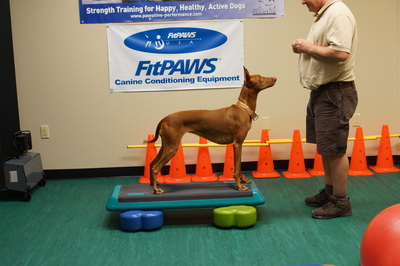
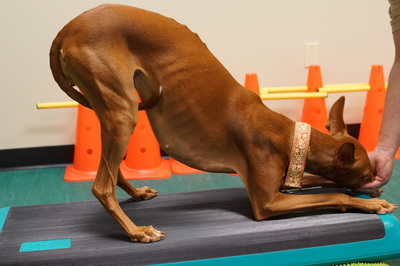
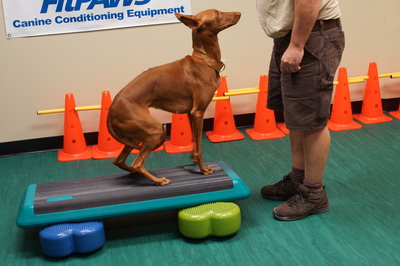
 RSS Feed
RSS Feed